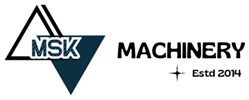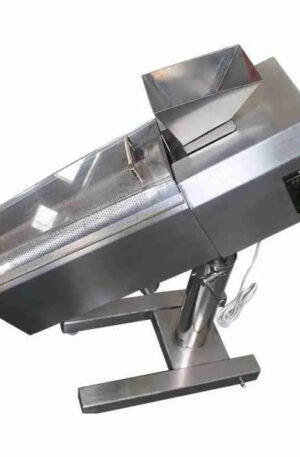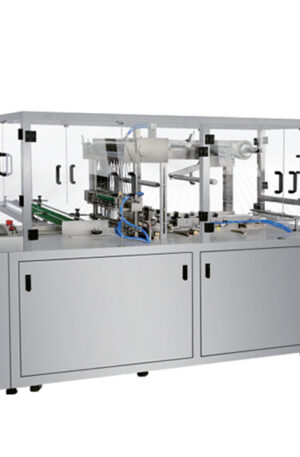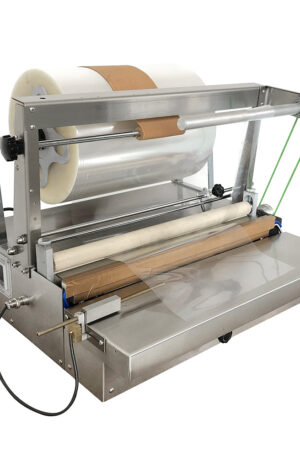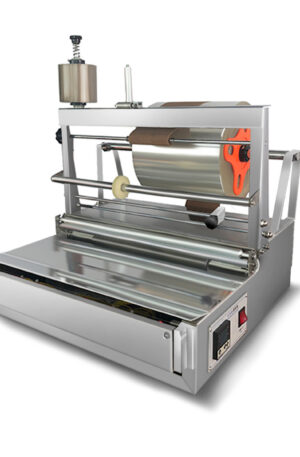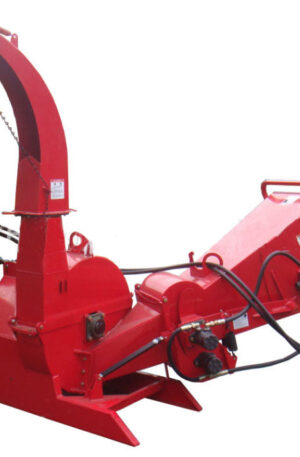Title: The Evolution of Pharmaceutical Machinery: From Traditional to Cutting-Edge Technology
Pharmaceutical machinery has undergone significant transformations over the years, transitioning from traditional manual processes to sophisticated automated systems. This evolution has revolutionized the pharmaceutical industry, improving efficiency, accuracy, and overall product quality. In this article, we will explore the journey of pharmaceutical machinery, from the humble beginnings of table press machines to the advanced technologies of today such as the tablet press machine (TDP), high-speed capsule filling machines, and the latest development – the Tablet-in-Capsule technology (THDP).
The traditional method of manufacturing pharmaceutical tablets involved the use of table press machines. These machines required manual labor to compress powdered ingredients into solid tablets. While effective, this process was time-consuming and prone to human error. As technology advanced, the introduction of automated tablet press machines revolutionized the industry. The Tablet Press Machine (TDP) is a high-speed, precision instrument that can produce a large number of tablets in a short amount of time. These machines are programmable, allowing for precise control over the size, shape, and formulation of the tablets.
Similarly, capsule filling machines have also evolved to meet the demands of modern pharmaceutical manufacturing. High-speed capsule filling machines are capable of filling hundreds of capsules per minute with precise dosages of active ingredients. These machines ensure uniformity in dosage and reduce the risk of cross-contamination. The efficiency of capsule filling machines has significantly improved production output and quality control in the pharmaceutical industry.
One of the latest advancements in pharmaceutical machinery is the Tablet-in-Capsule technology (THDP). This innovative technology combines the benefits of tablets and capsules by encapsulating a tablet within a larger capsule. THDP offers improved drug delivery, enhanced stability, and the potential for dual-release formulations. This technology is revolutionizing drug manufacturing by providing a more efficient and cost-effective method of producing combination products.
In conclusion, the evolution of pharmaceutical machinery from traditional table press machines to advanced technologies such as TDP, high-speed capsule filling machines, and THDP has transformed the pharmaceutical industry. These advancements have improved production efficiency, accuracy, and product quality, ultimately benefiting both manufacturers and consumers. As technology continues to advance, we can expect further innovations in pharmaceutical machinery that will drive the industry forward into the future.
